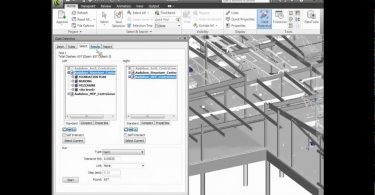

There is still a tremendous unexplored potential to reduce construction-induced embodied carbon emission.

Governments have extensively sought to curb operational emission worldwide by adopting renewable energy sources and designing buildings for optimal energy savings. As one of the largest greenhouse gas emitters, the building sector has been widely included in these programs with a vision to shape a livable and sustainable society. The building and construction sector is responsible for around 39% of all carbon emission globally, among which operational emission accounts for 28% and embodied carbon 11% (World Green Building Council (WGBC), 2019). The increasing severity of global warming pushes both developed and developing countries worldwide toward carbon abatement programs.


 0 kommentar(er)
0 kommentar(er)
